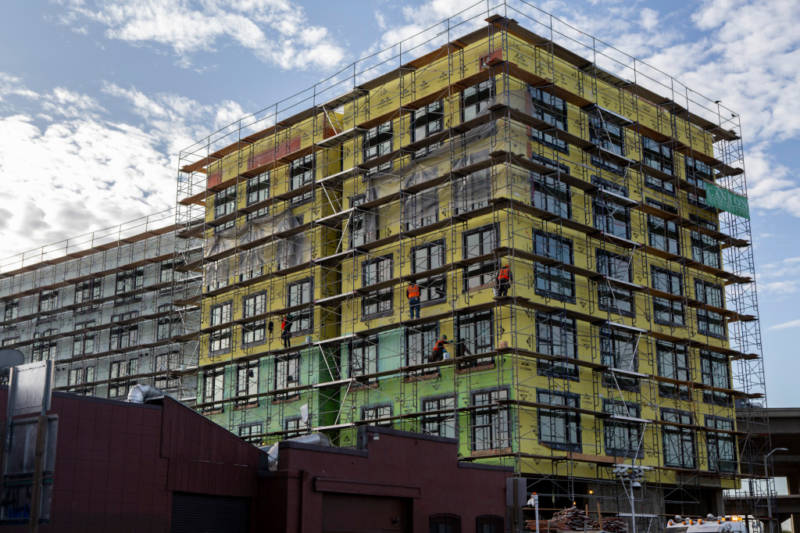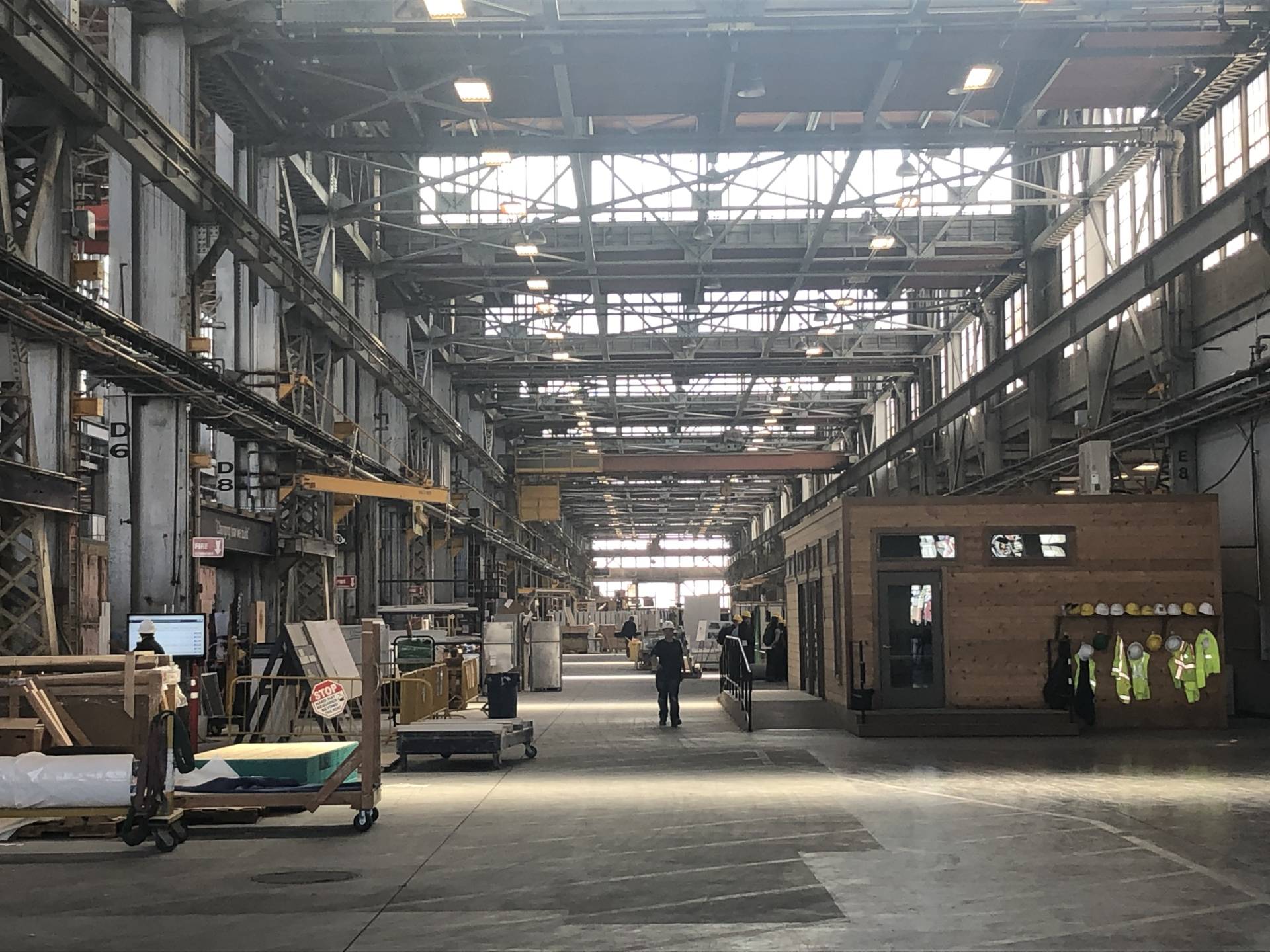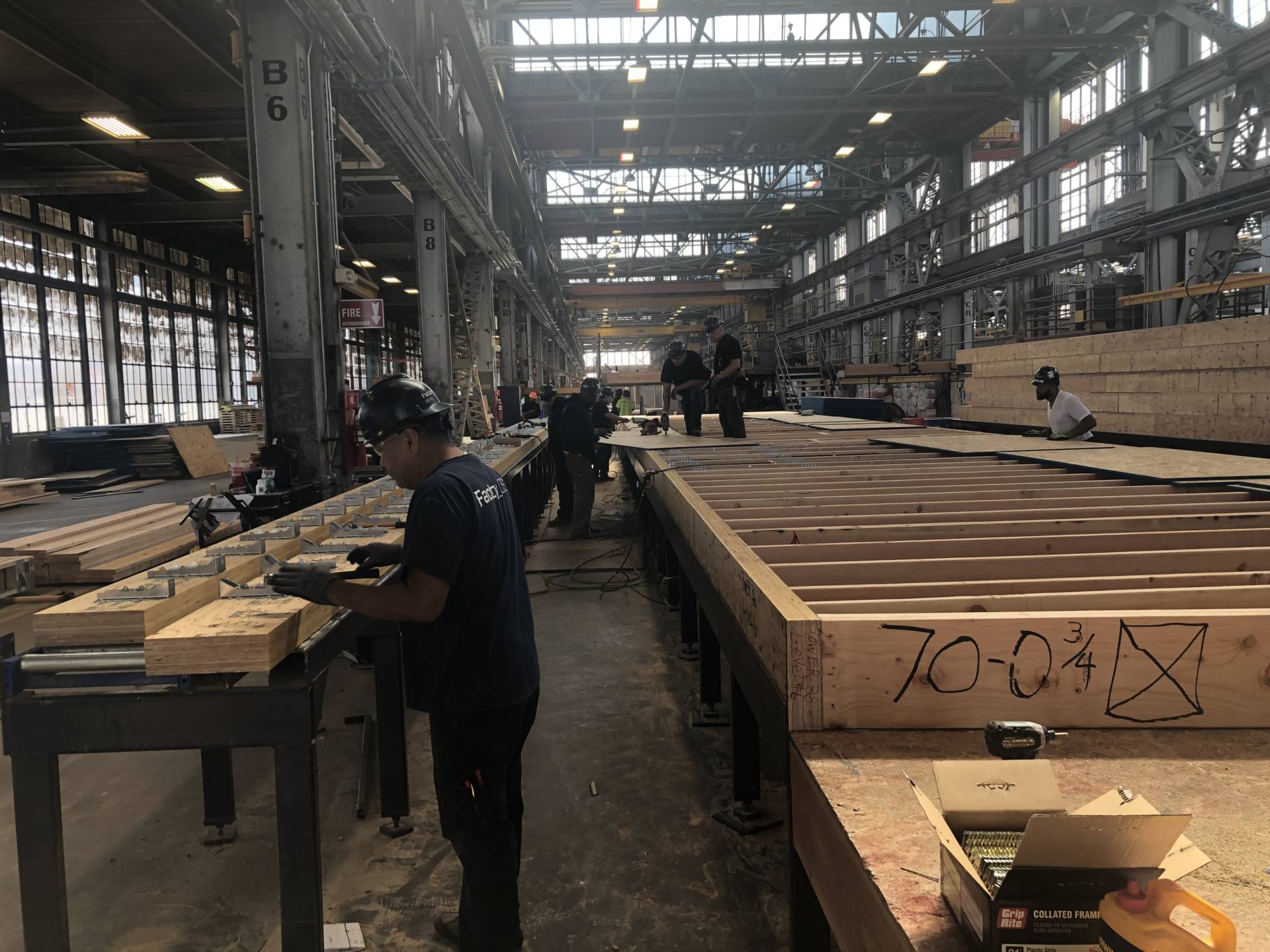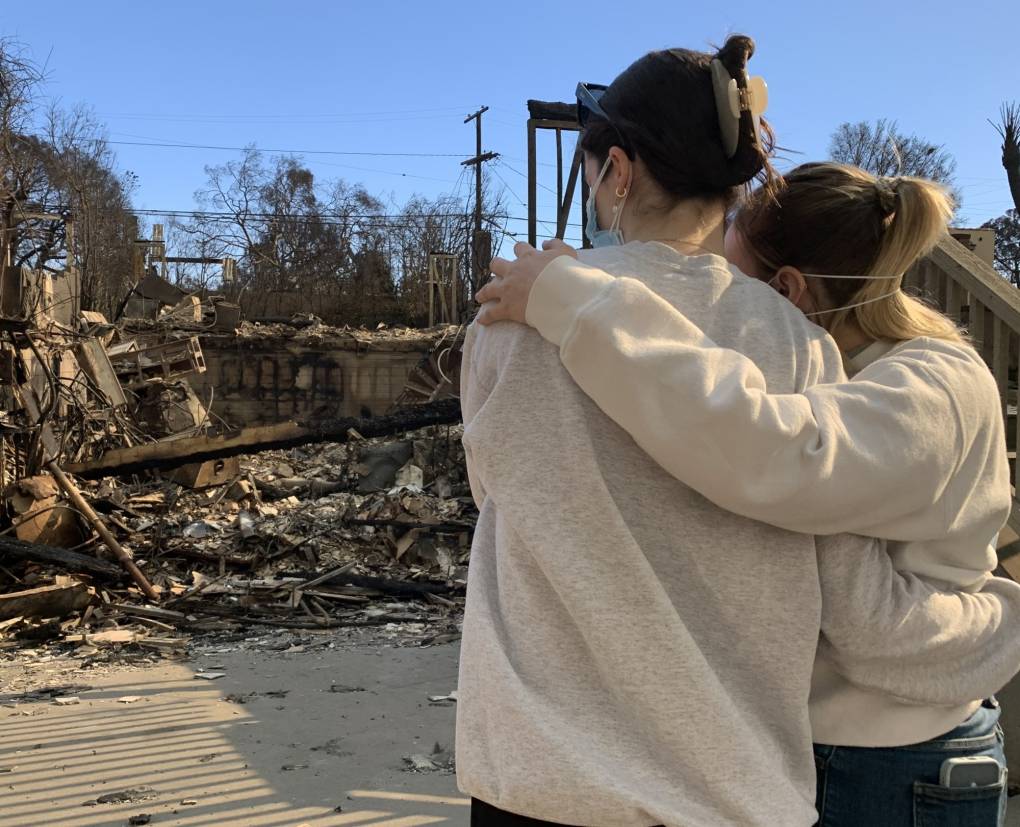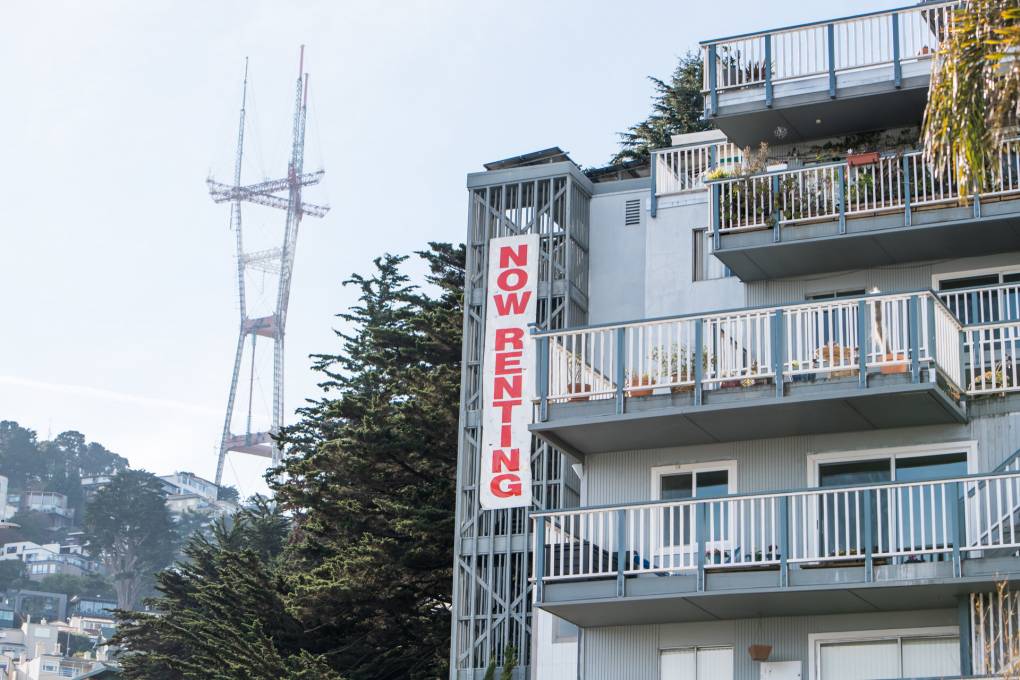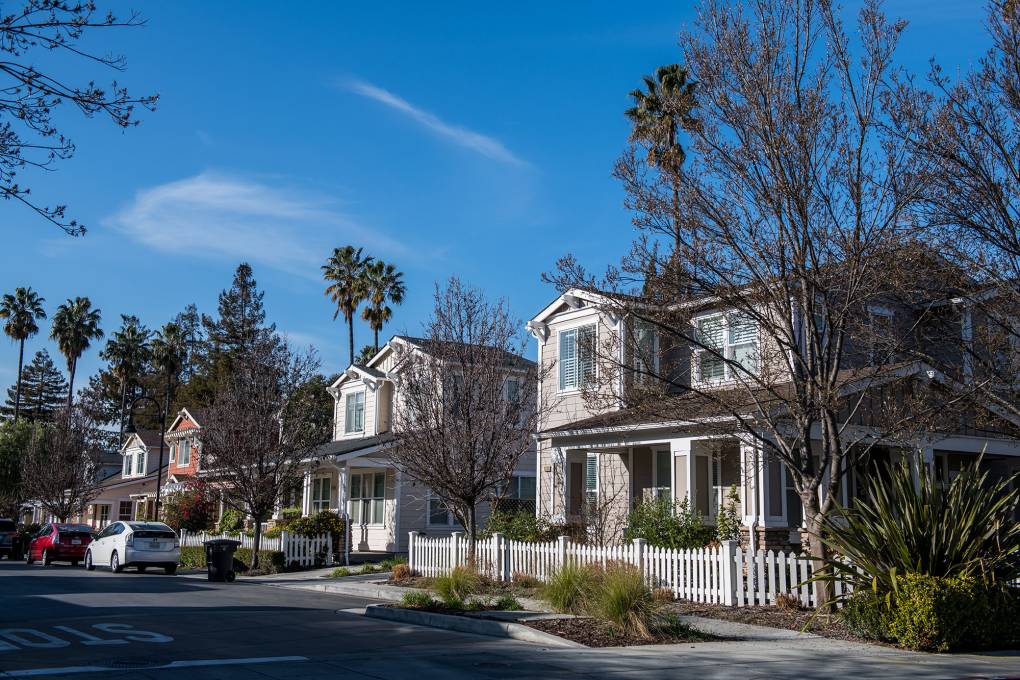With so-called modular housing, units can be assembled offsite while the foundation is being prepared, no matter the weather. Pace says that and other efficiencies will translate into three- to five-story apartment buildings completed 40% quicker and 20% cheaper than the average project constructed the old-fashioned way.
It’s not just Pace who believes modular housing is the future. Large corporations such as Citibank have poured millions into Factory OS. Other pre-fab housing companies have sprouted in recent years, attracting tech-savvy investors with the lure of innovating an industry that builds housing mostly in the same way it did decades ago.
But the dream of mass-produced, factory-built housing has been around for over a century, with a pretty checkered history.
“I went in this dragging my heels,” said Pace. “I had heard all the war stories of failed modular experiences in the past.”
When Nixon Tried to Build Houses in Factories
Manufactured, modular, or pre-fab housing has always played at the margins of the American construction industry. Arguably the most successful example dates back to the early 20th century when the retail giant Sears offered single-family homes through its mail-order catalog.
After prohibitively high transportation costs caused Sears to pull the plug in 1940, the term “manufactured housing” gradually became associated with the lower rung of the housing market: mobile homes and shoddy factory-built dwellings with poor craftsmanship and small profit margins.
“The last century of experiments hasn’t yielded a whole lot of good results,” said Alex Anderson, associate professor of architecture at the University of Washington. “There’s been all kinds of interesting experiments, but not a whole lot of economic successes.”
But the siren song of mass-produced housing continued to lure private capital and public officials.
In 1969, President Richard Nixon was confronting housing challenges that might sound eerily familiar to 21st century Californians: Population growth was outstripping new home construction, and rents and home prices were escalating.
Housing and Urban Development Secretary George Romney — future GOP presidential nominee Mitt Romney’s father — launched “Project Breakthrough” in 1969, aiming to solve the country’s housing shortage by jumpstarting the pre-fab industry with a little help from Uncle Sam.
Congress poured $190 million in inflation-adjusted dollars to coax major blue-chip manufacturers such as Alcoa and Boeing into participating. HUD identified nine sites across the country, including one in Sacramento, on which both single family and multifamily pre-fabricated housing could be assembled.


